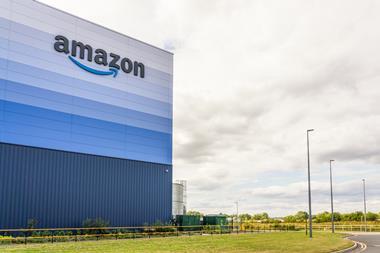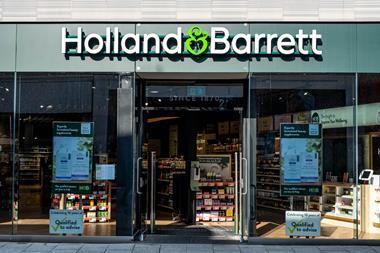When it comes to the future of retail, leadership succession planning should be top of the agenda. Spencer Stuart’s Courtney Hardart examines the four key questions to consider as part of this
As the retail industry continues to undergo significant changes, including accelerating demand for digital innovation and shifts in business models and consumer behaviour, a question emerges:
Who will lead retailers through these complexities and into the future? There’s a good chance it might not be the current executive team.
A Spencer Stuart survey found that one third of HR leaders expect nearly 60% of chief executives and their direct reports to leave their roles over the next five years.
This finding underscores the need for boards to develop a long-term vision for leadership and succession. This is where dynamic scenario planning comes into play.
Delivering dynamically
With dynamic scenario planning, boards develop several succession scenarios and corresponding talent profiles, giving them the flexibility to adjust to and prepare for business needs over time.
Boards can begin this process by answering four questions to understand their turnover and timelines, and identify must-have leadership capabilities, business opportunities and aspirations. The answers to each of these questions will shape leadership profiles.
What percentage of CEOs and their direct reports will transition over the next five years?
Strategic succession planning should, ideally, take place at least five years before c-suite transitions. By gaining a clearer understanding of the scope of leadership roles to be filled and when, boards and chief human resources officers (CHROs) can more effectively develop leadership profiles, identify internal candidates and focus their development efforts.
What evergreen capabilities are required for a c-suite role?
Strong decision-making skills, empathy and sound judgment are non-negotiables for effective leaders.
However, Spencer Stuart research found that CHROs believe future c-suite team members will need a broader set of leadership capabilities, including the ability to collaborate, build influence, drive results and improve performance.
As such, boards should consider how their list of must-have capabilities might expand and how they can be developed.
What are the biggest strategic opportunities and challenges?
Recent company performance can inform what strengths retailers can capitalise on — and where they allocate more resources to advance.
Similarly, performance can also point to areas for growth. For example, a retailer may be winning in supply chain and operations, but need to strengthen their investment in technology to remain effective.
This data will also inform the functional skills and capabilities that CHROs and boards look for in future leaders, and what experiences and exposure they provide to develop internal talent.
What is our future aspiration and how might that affect leadership roles?
A retailer’s future vision — such as becoming the leader in omnichannel shopping experiences, for instance — will shape the vision and career trajectory of its c-suite leaders.
Companies might have several aspirations that could mean developing a leadership profile that highlights agility, flexibility and the ability to remain calm under pressure.
To ensure that succession planning and leadership profiles remain relevant and evolve with the business, boards should revisit their scenarios every year. Doing so will give them confidence they are heading in the right direction.
Read more in our full report: The Future of Retail Leadership: Why retailers need to invest in future leaders more than ever.

Courtney Hardart is a consultant in Spencer Stuart’s global consumer and retail, apparel and luxury goods practices































